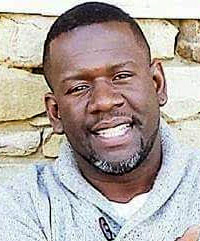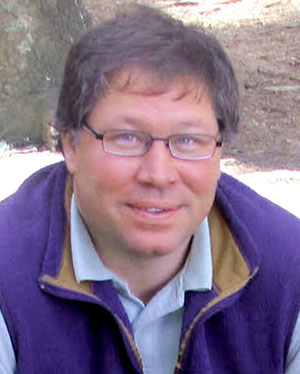Saturday, September 29, 2018 at the National Humanities Center
In the seventeenth century, the escalating growth of sugar plantations in the Caribbean led to a sharp rise in the demand for slaves. Over the next four centuries, more than 10 million enslaved Africans would be transported to the Americas to help produce sugar and other plantation-raised crops, reshaping economies and societies throughout the region.
The National Humanities Center hosted a one-day symposium for educators that explored the complex landscape of the Transatlantic Slave Trade through archival investigations. Using source documents and artifacts from the National Archives of the United Kingdom, participants learned hands-on strategies for unpacking the layers of this global system. Geography was used as the organizing theme for each investigation, making the workshop accessible and transferable to any grade level or classroom setting.
Speakers
 Payne is head of education and outreach at The National Archives where he leads the development and delivery of services for teachers, students, and community groups. He is an internationally-recognized expert on the use of archival material for teaching, an award-winning digital resources developer, and a highly sought-after presenter for conferences and workshops.
Payne is head of education and outreach at The National Archives where he leads the development and delivery of services for teachers, students, and community groups. He is an internationally-recognized expert on the use of archival material for teaching, an award-winning digital resources developer, and a highly sought-after presenter for conferences and workshops.
Mike Williams, Warren New Tech School (Warrenton, NC)
 Williams is chair of the Social Studies Department and a New Tech Certified Teacher at Warren New Tech High School, where he implements a curriculum based on the Project Based Learning (PBL) model in which learning outcomes of collaboration, communication, critical thinking, and creativity guide students in applying academic content to authentic problems.
Williams is chair of the Social Studies Department and a New Tech Certified Teacher at Warren New Tech High School, where he implements a curriculum based on the Project Based Learning (PBL) model in which learning outcomes of collaboration, communication, critical thinking, and creativity guide students in applying academic content to authentic problems.
 An expert in geography, ESOL History, and geospatial technologies, Bunin has spent the past decade creating instructional resources that leverage geospatial technologies in the social studies classroom. His projects have included “The Virginia Experiment” Teaching American History Project; “Transatlantic Teacher Scholars: Change Over Time and Place in the Meuse-Argonne American Cemetery;” and the award-winning workbook, Jamestown to Appomattox: Mapping US History using GIS (Carte Diem Press).
An expert in geography, ESOL History, and geospatial technologies, Bunin has spent the past decade creating instructional resources that leverage geospatial technologies in the social studies classroom. His projects have included “The Virginia Experiment” Teaching American History Project; “Transatlantic Teacher Scholars: Change Over Time and Place in the Meuse-Argonne American Cemetery;” and the award-winning workbook, Jamestown to Appomattox: Mapping US History using GIS (Carte Diem Press).
Andy Mink, National Humanities Center
 Mink is the vice president for education programs at the National Humanities Center and previously served as the executive director of LEARN NC at the University of North Carolina at Chapel Hill. Throughout his career he has designed and led professional development programs for K–12 and university educators that focus on hands-on instructional models.
Mink is the vice president for education programs at the National Humanities Center and previously served as the executive director of LEARN NC at the University of North Carolina at Chapel Hill. Throughout his career he has designed and led professional development programs for K–12 and university educators that focus on hands-on instructional models.
Sponsors
This event was cosponsored by the Virginia Geographic Alliance and the North Carolina Geographic Alliance.
Image: William Clark, “Slaves cutting the sugar cane,” 1823
